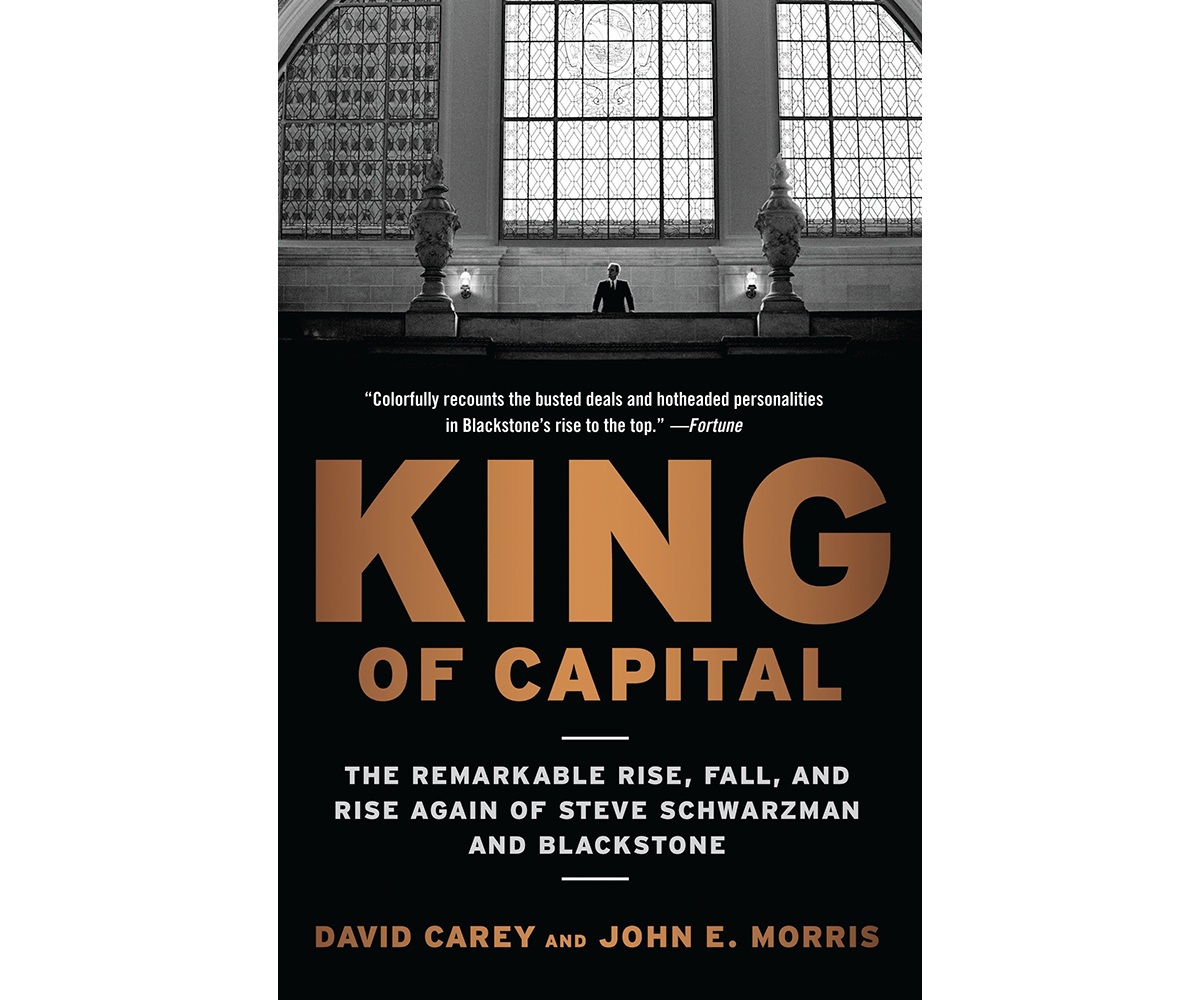I just finished reading King of Capital: The Remarkable Rise, Fall, and Rise Again of Steve Schwarzman and Blackstone by David Carey and John E. Morris. I bought the book with What It Takes: Lessons in the Pursuit of Excellence by Stephen A. Schwarzman. I figured I would get a full picture but aside from covering the history of Blackstone they are different books. I started reading What It Takes first, which is newer, then in parallel I jumped to King of Capital just to see if the story matches and I ended up finishing it first. I will eventually finish What It Takes.
Q4 2020 hedge fund letters, conferences and more
King of Capital mostly focuses on private equity firm Blackstone but it touches all the big main PE players. From KKR, Apollo, TPG and others. Their stories are interconnected. The book is part history on private equity since it covers a timeline that precedes the foundation of Blackstone. But the book is mostly an encyclopedia on deals. It covers deals, deals, and more deals. If you are detail oriented, you won’t be disappointed. It provides deal value, closing dates, equity invested, profits and rate of returns, and the strategic plan behind individual investments, and accounts how they played out over time. Both authors are former writers with TheDeal.com and they have their homework.
King of Capital was published in 2012, which started to touch on the post-financial crash recovery. I feel another chapter, or even a follow up book, could be added to cover the massive growth of PE as an asset class since publication. The industry has exploded. When the book was published, Blackstone had about $166 billion in asset under management. Today it has $618 billion and growing. That’s a 272% growth in AUM in 9 years. The funds they managed are also getting bigger. They can get $20b in commitment for a new fund by just picking up the phone. That’s a lot of money to put to work. I have to point out that the last sentence of the book is “A history of private equity in 2020 thus will have many new story threads and a new cast of characters.”
Notably absent from the book is Brookfield Asset Management (BAM). I bring BAM up because I’m a big fan of the firm and it’s a major PE player. It had $150b in AUM when the book was published. But I can understand why the book skipped over them. Although BAM has a massive presence in the US, it’s Canadian and has a low profile. The book covers the stories of KKR and other traditional PE firms. Their story is linear. The BAM story is a whole book on its own. It didn’t start as a PE firm. It was a massive conglomerate of assets that transformed itself into an asset management firm over the years under Bruce Flatt. I’m sure a follow up chapter would cover BAM because today it has over $600 billion in AUM.
I could write a whole post on the topic of PE. PE needs a PR firm. It has a bad rep. “Cost cutter, slash and burn, saddling companies with debt and dumping them, vulture capitalist etc…” I think the media is partly responsible for that characterization. Has PE firms done some unpopular things? Of course. Is it all bad. No. The true is that it has done more good than bad. But of course only hear about the bad deals. Despite the persistence of the bogeyman, strip-it-and-flip-it image, it isn’t borne out by the facts. Studies have been done on how private equity and as an industry does not harm the economy. Most of the standard knocks (e.g. job killer) have been debunked. A good portion of their profits derive from buying and selling and leveraging up to accentuate their gains. But that’s no sin. Also the notion that PE firms leave companies in tatters doesn’t stand to reason. How could a form of investment that relies on selling companies for a profit survive if it systematically damaged the companies it owned? Why would sophisticated buyers acquire companies from private equity if they were known to strip them bare? It makes no sense.
I was an intern early in my career at a PE fund a while back. PE’s main job is to provide capital. That capital fuels the growth of businesses and communities. That money at work is institution money such as pension plans, in other words retirees’ assets.
Conclusion: Read the book if you are interested in a detailed history of PE and the rise of Blackstone.
Article by Brian Langis

